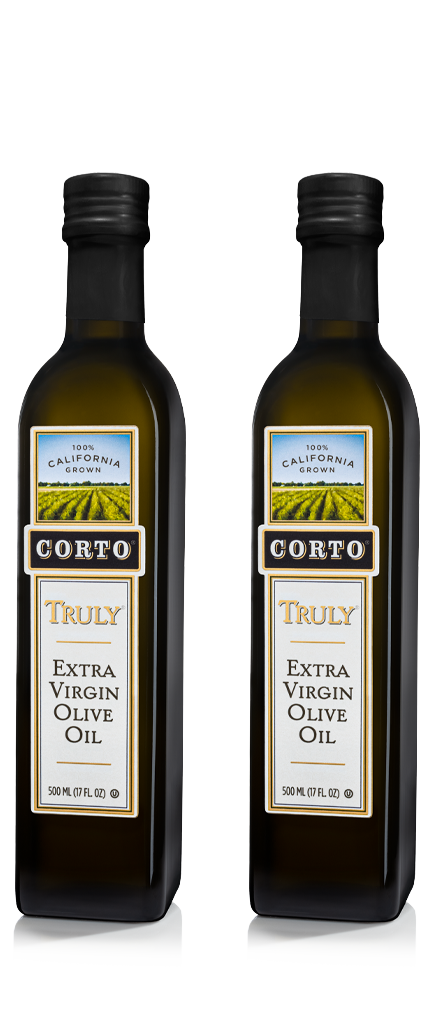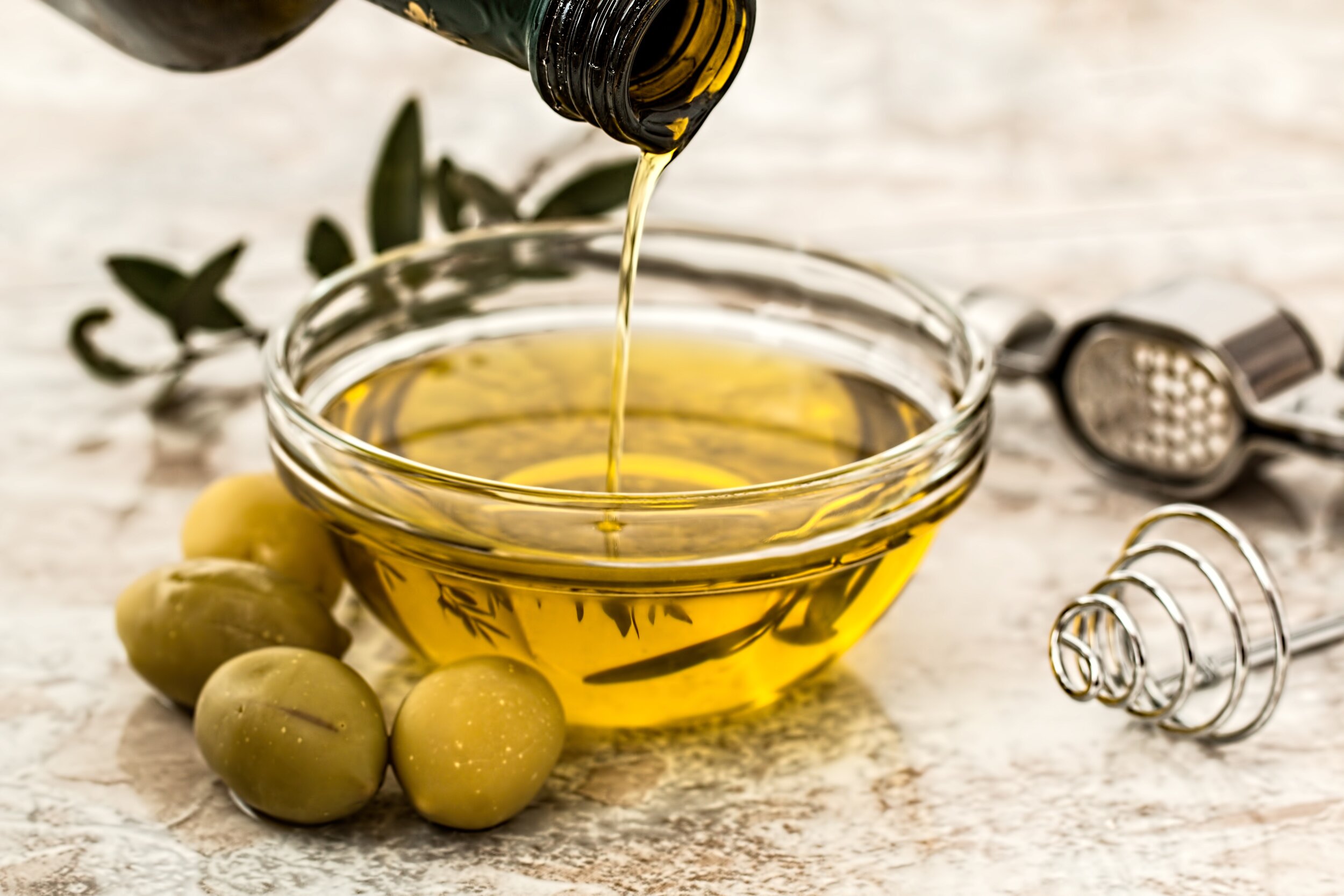Extra Virgin Olive Oil Benefits: How It Helps to Regulate Blood Sugar
Extra Virgin Olive Oil Benefits: How It Helps to Regulate Blood Sugar
Blog Article
Discovering the Different Types of Olive Oil and Their Usages, Including Extra Virgin Olive Oil
The expedition of olive oil incorporates a diverse array of kinds, each offering culinary applications and distinct tastes. Bonus virgin olive oil, renowned for its superior top quality and wellness advantages, serves as a staple in numerous cooking areas, yet it is just one facet of this multifaceted component.
What Is Olive Oil?
Acquired from the fruit of the olive tree, olive oil is a staple in Mediterranean food and a key component in different cooking applications. This functional oil is produced by pressing whole olives, leading to a liquid that differs in shade, flavor, and scent depending upon the sort of olives made use of, the area of farming, and the removal procedure. Olive oil is predominantly composed of monounsaturated fats, particularly oleic acid, which is known for its potential health benefits, including anti-inflammatory homes and cardio support.
Along with its culinary uses, olive oil has a long background of application in typical medication and skin care, owing to its abundant antioxidant material (extra virgin olive oil benefits). The oil is commonly utilized in dressings, marinates, and for cooking techniques such as sautéing and roasting. Its distinct flavor account can boost the preference of different dishes, making it a vital component for both home cooks and professional cooks
Moreover, olive oil is celebrated for its role in the Mediterranean diet regimen, which is linked with many health and wellness benefits. As recognition of these benefits grows, olive oil remains to obtain appeal worldwide as a fundamental part of a healthy and balanced way of life.
Kinds of Olive Oil
Understanding the numerous kinds of olive oil is crucial for both cooking enthusiasts and health-conscious consumers. Olive oil is classified largely based on its removal method and top quality, which considerably influences its taste, aroma, and health and wellness benefits.
:max_bytes(150000):strip_icc()/evoo-7c819bcdd0c343a7bae114cbc9baea2f.jpg)
Light olive oil, in spite of its name, describes a lighter flavor and not reduced calories. It is excellent for those looking for a more refined preference in dressings and sauces. Furthermore, there are flavored olive oils instilled with herbs, spices, or citrus, which can boost meals without the need for added spices.
Each kind of olive oil offers certain culinary objectives, and comprehending these differences permits consumers to make enlightened options that align with their food preparation styles and wellness goals.
Bonus Virgin Olive Oil
Additional virgin olive oil (EVOO) is widely considered as the greatest top quality olive oil offered, celebrated for its abundant flavor and many health advantages. To be classified as additional virgin, the oil must be created from fresh olives making use of mechanical processes, without using solvents or excessive warm. This meticulous technique maintains the oil's natural tastes, anti-oxidants, and healthy and balanced fats, leading to an item with a low acidity degree of less than 0.8%.
EVOO is plentiful in monounsaturated fats, specifically oleic acid, which is linked to minimized swelling and improved heart health and wellness. It additionally contains polyphenols, powerful anti-oxidants that might offer protective results versus chronic illness. The taste profile of EVOO can vary dramatically depending on the olive range and area of manufacturing, varying from grassy and fruity to robust and peppery.

Culinary Uses of Olive Oil

In cooking, olive oil can be used for sautéing, roasting, and cooking, giving a much healthier choice to butter or various other fats. Its high smoke point makes it suitable for various cooking approaches, while its anti-oxidants add to a heart-healthy diet plan. Visit Your URL Sprinkling olive oil over finished recipes, such as pasta, fish, or smoked veggies, can raise flavors and include a touch of sophistication.
Additionally, olive oil plays a considerable role in cooking, where it can change conventional fats in recipes for bread and breads, giving wetness and a subtle preference. It likewise serves as a base for instilled oils, enabling chefs to trying out tastes such as garlic, herbs, or chili, better broadening its culinary possibility. Generally, olive oil's flexibility makes it indispensable in both home and specialist kitchen areas.
Choosing Top Quality Olive Oil
When choosing top quality olive oil, it's necessary to consider numerous essential factors that affect the item's health, taste, and aroma advantages. Opt for additional virgin olive oil (EVOO), which is acquired from the first chilly pushing of olives and contains the greatest degrees of anti-oxidants and useful substances. Look for oils that are certified by acknowledged companies, as this often guarantees adherence to rigid top quality standards.
The packaging likewise plays a substantial duty in preserving the oil's integrity. Select oils kept in dark glass containers or tins to shield against light degradation. Take notice of the harvest date; fresher oils use premium taste and dietary worth, so pick items that are within 18 months of their harvest.
Be aware of the preference; a great high quality olive oil ought to have a balance of fruity, bitter, and sharp notes, suggesting its richness and complexity. By reviewing these variables, you can ensure you are choosing the ideal olive oil for your cooking requirements.
Conclusion
In recap, the expedition of various kinds of olive oil discloses unique characteristics and applications, with added virgin olive oil standing for the pinnacle of top quality because of its low level of acidity and high antioxidant material. Its flexibility in cooking uses enhances tastes in dressings, marinades, and showers. Comprehending the different selections of olive oil enables educated options in cooking approaches, promoting much healthier methods while improving the general gastronomic experience. Quality selection stays essential for optimum benefits.
Obtained from the fruit of the olive tree, olive oil is a staple in Mediterranean food and a key component in numerous culinary applications.The most typical types of olive oil include fine-tuned olive oil, pure olive oil, and light olive oil.Bonus virgin olive oil (EVOO) is extensively concerned as the helpful hints greatest top quality olive oil available, well known for its abundant taste and numerous health benefits. Decide for added virgin olive oil (EVOO), which is visite site derived from the first chilly pushing of olives and has the highest levels of antioxidants and useful substances.In recap, the expedition of numerous kinds of olive oil reveals distinct qualities and applications, with additional virgin olive oil representing the pinnacle of high quality due to its reduced level of acidity and high antioxidant material.
Report this page